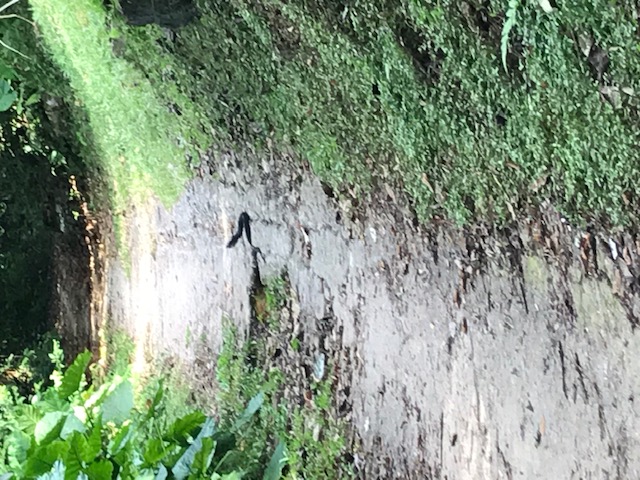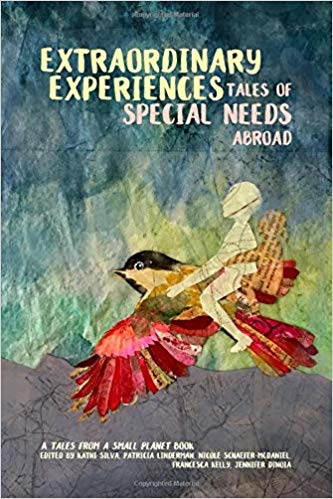The Snake and I: Close Encounter with a Spitting Cobra
May 2021
The Road Less Traveled
By Tammar Stein
I live in Singapore and a year into the pandemic, with the borders closed, the city-state was starting to close in on me. Every day, the sun rose at 7am and set at 7pm. Every day, the weather was hot, humid, and bright with occasional torrential cloud bursts. Every day, there were Bentleys and Porches, glass-and-steel high-rises, and sharp-eyed Safe Distance Ambassadors ready to enforce the rules. The pandemic locked 5.7 million of us in a high-functioning bubble, and inside the bubble we all stayed. The days blurred together, one season indistinguishable from the next.
I feel deeply grateful to live in a country with miniscule rates of transmission, and most days I could handle the restrictions with ease, grateful for everything the government was doing to keep its inhabitants safe. But there were days when I felt trapped, jumping out of my skin, unravelling in my confinement.
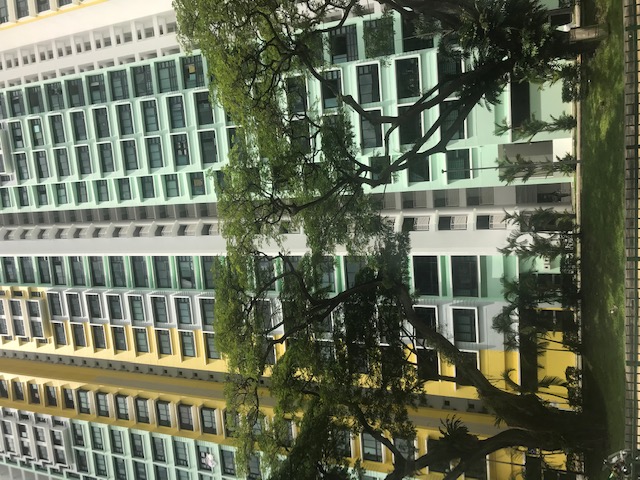
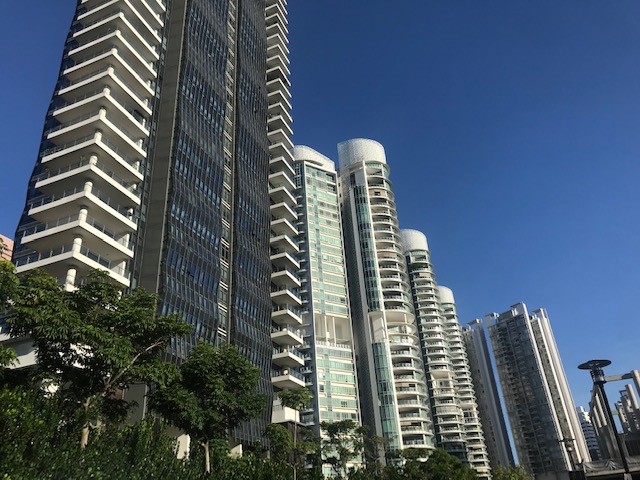
I began taking long walks. I needed to feel like there was space in my life and nothing puts a few kilometers into perspective like walking them under the equatorial sun.
Hearing that I was looking for new places to walk, a neighbor recommended Bukit Brown Cemetery. Closed to new burials since 1973, the old cemetery had 100,000 people buried there. A sign posted at the service road warned that I entered the now-defunct cemetery at my own risk.
Huge banyan trees, droopy palms and vines were slowly devouring untended graves. Small animals rustled in the thickets. The graves were nothing like the marble pillows and headstones I was used to. They were bricked ovals, slightly inclined upwards, as if to help the dead rise to their feet, or at least rest for eternity in ergonomic comfort. Amazingly, I couldn’t see a single building, could barely hear traffic noise, and didn’t see another living soul, a near miracle in the busy city-state. I had felt nearly claustrophobic these past months, a fish in a glass bowl. Singapore is one of the most densely populated cities in the world. It was hard to feel like I had any of my own space.
Turning down that old service road, this dirt path that curved into the jungle forest, I quickly lost track of where I was. To be alone and unwatched, to get lost, that’s not easy to do in an active city with tens of thousands of CCTV cameras. I did have the slightly creepy feeling that I always get in cemeteries. All those bodies, rotting below the surface. All those lives that loved and hated, strived and succeeded or failed, until suddenly it didn’t matter anymore.
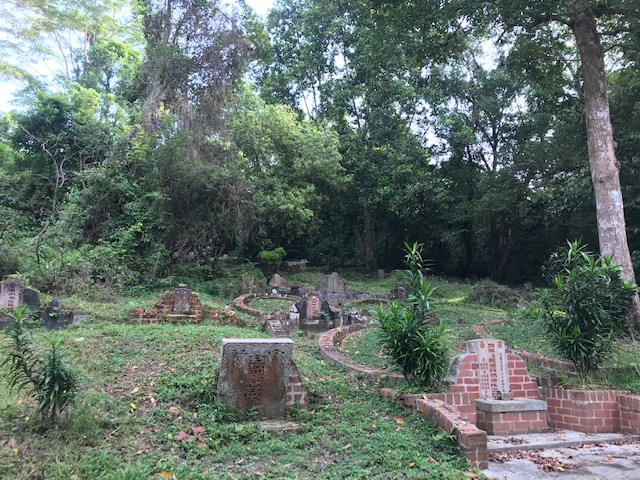
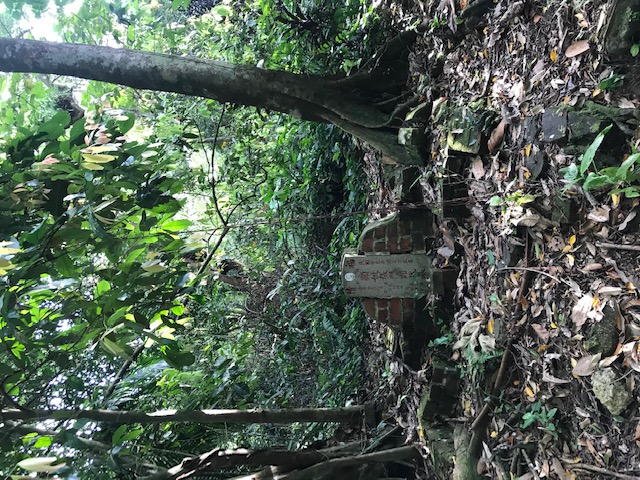
I had been walking for an hour when I chose a new path at random, but after a few minutes the path came to a dead end in the forest. I began backtracking when I came to a sudden stop.
There it was. Draped like a long, loose, thick black ribbon. Taking up the entire width of the path.
My brain ran through a very quick, hopeful list of less awful possibilities: a stick? A rubber tire? But nope. I had just walked there a few minutes ago when nothing was there. It left only one option: here was a snake.
Singapore has two types of large snakes: pythons and cobras.
The black snake was clearly not a python. My phone quickly told me that there were two types of cobras in Singapore: King cobras and spitting cobras. At roughly three feet long and two inches thick, the snake didn’t have the heft and girth of a king. Which left me, deep in the bowels of one of the largest unmonitored swaths of land in all of Singapore, a few feet away from a spitting cobra.
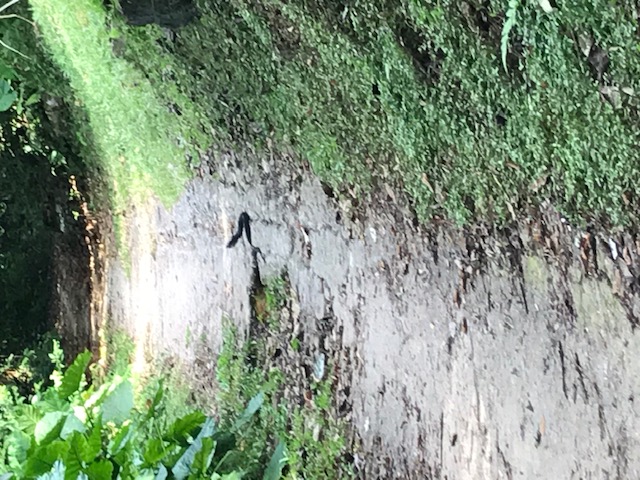
There was no one who could come help. If I was bit or spit on, I couldn’t even tell the emergency crews where exactly to find me. Like heroes of old, I would need to tie a tourniquet using strips of my shirt, ripped with bare hands, and limp down endless paths until I reached the highway and flagged down help.
Of the 100,000 dead, several of whose ghosts I’m fairly certain were watching the scene, how many had died from a snake bite?
I considered throwing something at it. A stick. A rock. Something to make it slither away. But what would that accomplish? I didn’t want an angry snake. I didn’t want a snake with a vendetta.
The cobra lifted its head, assessing me. Then it rested it down again.
In the end, I did what the last fourteen months of a global pandemic have taught me how to do so well. That is to say, when faced with a spitting cobra in the middle of the path, I did nothing.
I let the snake enjoy its time on the path. I waited and waited for the cobra to leave. After five minutes that felt like hours, it slowly, slowly meandered off the path and into the thick underbrush. It was unnerving how completely it vanished, hidden perfectly in the dark shadows.
Still I waited, wanting the cobra to really commit to its decision to leave the path.
Finally, it was time. I began walking.
Here’s what happened next: nothing. The cobra didn’t double back and leap out like a snake in a trick can of worms. It didn’t attack like the snake in the opening credits of True Blood. It was just living its best snakey life and it turned out I was a rather irrelevant part of its day.
The rest of the day, I had a small buzzing sensation of a minor epiphany. The snake had the power to hurt me and it chose not to. It felt astounding. We let each other be. I later read that spitting cobras are not aggressive. They avoid conflict whenever they can. I felt a wave of affection for this snake and its magnanimous nature. We were so much alike. I was also conflict averse. I was also just trying to live my life. And nothing put life into perspective like spending time with a cobra.
We were just two living creatures in a cemetery in the middle of a pandemic. We had all the space we needed.
©2021 by Tammar Stein. All rights reserved.
Tammar Stein is a novelist living in Singapore. Her most recent title, Beni's War, was an editor's choice at The Historical Novel Society. You can visit her at www.tammarstein.com

